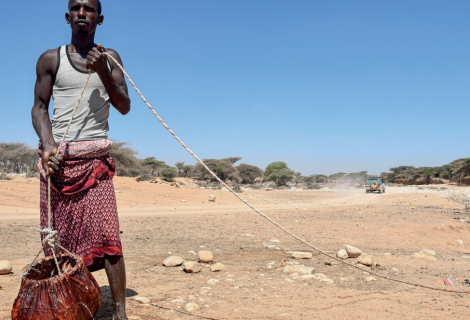
The environmental repercussions of climate change are increasingly affecting larger segments of the world’s population. Droughts, heatwaves, floods, and storms are causing devastating social and economic consequences, resulting in half of the world’s population grappling with challenges such as limited access to water, reduced agricultural productivity, and the erosion of livelihoods. The heightened risks and vulnerabilities are already influencing human mobility through internal and cross-border migration, as well as forced displacement.
Contrary to the initial narrative, which highlighted climate refugees and garnered significant media and political attention, recent evidence suggests that climate mobility is primarily an internal phenomenon, occurring predominantly along rural-urban axes, with cross-border movements generally remaining within the same region. Predicting the number of future climate migrants is challenging due to the absence of a clear causal link, limitations of climate models, data scarcity, and the influence of migration governance regimes. Moreover, ongoing debates persist regarding the appropriate terminology and whether a singular term is necessary.
Although the EU can establish common policy and legal frameworks to enhance protection opportunities for climate migrants, protection for those compelled to flee due to climate and environmental factors currently falls under national jurisdiction. Hence, comparing Member States’ protection mechanisms for climate migrants is crucial in the absence of a standardized EU-level protection 4 Climate Change Knows No Borders framework.
The case of Italy, as explored in this report, provides an interesting example of a country with specific legal frameworks for individuals displaced by disasters, despite being governed by a populist “anti-immigrant” party, it has created and maintained a specific residence permit for disaster victims.